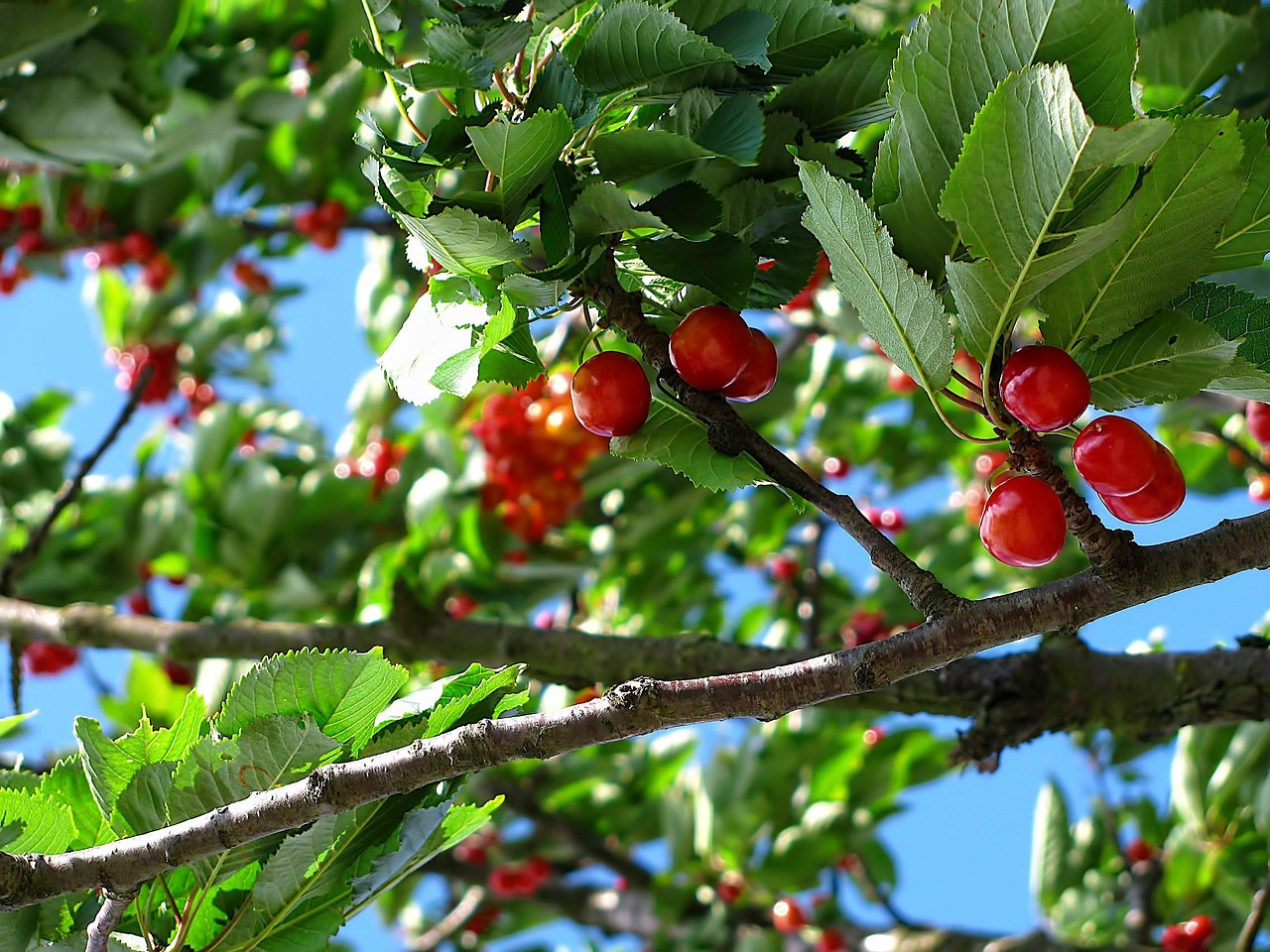
Barbados Cherry
Malpighia emarginata
Basic Information
🌿 Family: Malpighiaceae🗺️ Zone: 9-11
Other Names:
- Acerola
- West Indian Cherry
🌡️ Ideal Temperature : 75°F – 85°F
🔥 Heat Tolerance: Up to 95°F
❄️ Cold Tolerance: Down to 30°F
🌱 Type: Perennial
Layers
- Shrub
- Sub-canopy
Companions
- Citrus
- Guava
Plants to Avoid
- Waterlogged soils
Description
Barbados Cherry is a tropical evergreen shrub or small tree that can reach heights of up to 3.6 meters (12 feet). It develops a thick, rounded canopy with fairly delicate foliage. The plant produces small, pink or rosy flowers, approximately 2 centimeters (nearly one inch) in diameter, which appear periodically from April to October. These blossoms give way to bright red, cherry-like drupes that are high in vitamin C and can be eaten raw or made into jams, syrups, or juices.
🌞💧 Sun and Water Requirements:
This plant thrives in full sun to light shade and prefers well-drained soil enriched with organic compost. Once established, it is drought-tolerant but benefits from regular watering during prolonged dry periods.
✂️🫘 Methods to Propagate:
Propagation is typically achieved through seeds or cuttings. Seeds should be sown in well-drained soil, while semi-hardwood cuttings can be rooted under appropriate conditions.
🧑🌾👩🌾 When to Harvest:
The fruits ripen sporadically from spring through December. Harvesting should occur when the fruits are fully colored and slightly soft to the touch, indicating peak ripeness and optimal flavor.
Purpose
- **Edible**: The vitamin C-rich fruits are consumed fresh or processed into various products like jams and juices.
- **Medicinal**: Traditionally used for its antioxidant properties and potential health benefits.
- **Wildlife Attractor**: The fruits attract birds and other wildlife, supporting local ecosystems.
- **Ornamental**: Its attractive flowers and fruits make it a popular choice for ornamental planting in suitable climates.